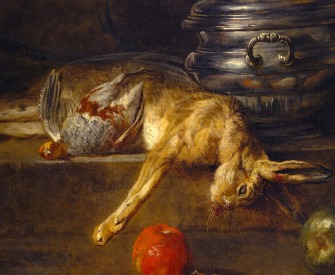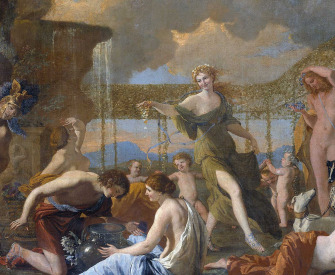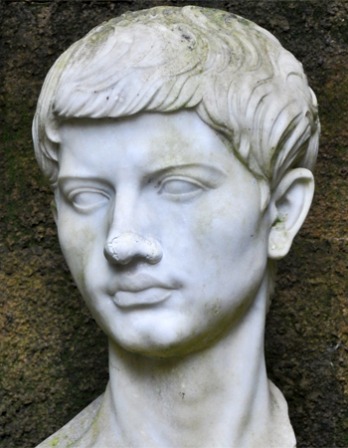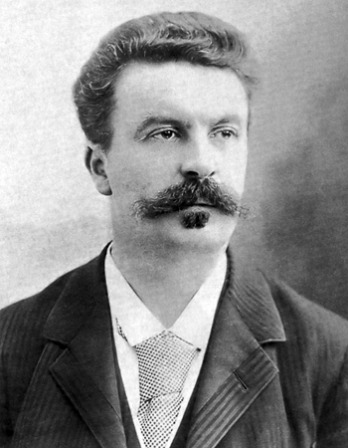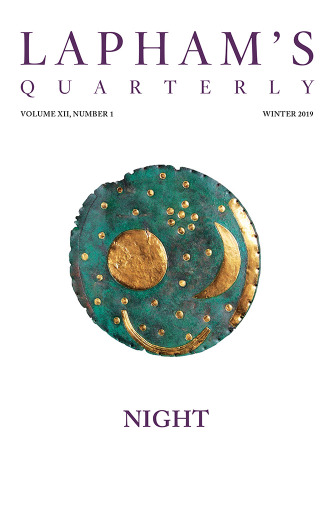About This Text
A poem of the Malagasy people. Locusts are believed to exist in two phases, solitary and gregarious, with noted changes in coloration, form, physiology, and behavior. When their habitats shrink and their population density increases—after drastic changes in weather, for example—locusts begin to give birth to offspring of the gregarious variety. In this nervous and aggressive state, they travel in swarms, covering up to eighty miles a day. One gregarious group, crossing the Red Sea in 1889, was estimated to be about two thousand square miles in size.
